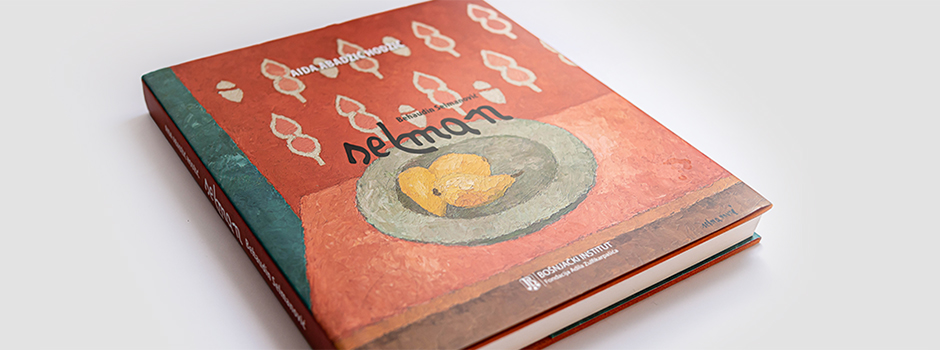
BOOK REVIEW Selman: Behaudin Selmanovic
May 20, 2021 INSPO, Book Review

The development of art history in Bosnia and Herzegovina has been relatively unexplored in the last hundred years. The only more extensive study published on this topic was in the mid-1980s. What is missing are the extensive biographical works about individual painters who marked a specific era and influenced an entire generation of artists. And those who stood out with their style, creating an intimate opus that did not have a long-term reach but formed a striking aesthetic to which we always return. A typical example of the "first kind" in Bosnian painting was the famous print artist Dzevad Hozo, whose influence was "fatal" for all future generations who failed to escape his influence. However, another type of painter, like Selmanovic presents a closed world marked by personal permeations, strong enough to leave an impression on us.
Behaudin Selmanovic was born in 1915 in the small town Pljevlja located in today's Montenegro. Many Bosniaks inhabited the city as it belonged to the Bosnian political space. Behaudin was a very talented painter. He studied at the Academy of Fine Arts in Zagreb and learned about the contribution of modern art. Above all, as evident later in his work, he got acquainted with Cezanne and the Fauvists. He later returned to Sarajevo and lived there until he died in 1972.
His oeuvre can be divided thematically into three parts. Still lifes, figural compositions and landscapes. His best works are still lifes, by which he became recognizable. He approached his motifs using a flat application of pure colours and visible short pasty strokes without adding shadows. He also accentuated linear solutions of contours and shapes. He drew his inspiration from the contribution of Fauvist painting, with a strong dose of his originality. Painting patterns and ornaments on furniture in his still lifes suggests Matisse's influence, yet, his inspiration comes from the decorativeness of the interior of Muslim houses in which the artist grew up.
However, if we compare Selmanovic's work with Giorgio Morandi (1890-1964), we can notice a similarity in the treatment of form and colourism. Given that both gave the motif of still life a very intimate and almost mystical character. Therefore, Selmanovic, due to his artistic sensibility and originality, occupies a special place in the art history of Bosnia and Herzegovina.
The book is the product of one of the most significant art historians in Bosnia and Herzegovina and beyond, Aida Abadzic-Hodzic, PhD. She has indebted the scientific public with several important works on modern and contemporary art, among which the book "Bosnian and Herzegovinian Print Art of the 20th Century" stands out. The monograph, however, results from an exhaustive research of the topic, where she presented Selmanovic's work and described in detail his life and artistic opportunities of that time.
Through the monograph, we can learn about what constructed the cultural history of the Balkans. In the description of Selmanagic's art, the author decisively and in great detail describe what influenced his work and his motivation and sensibilities that formed his work.
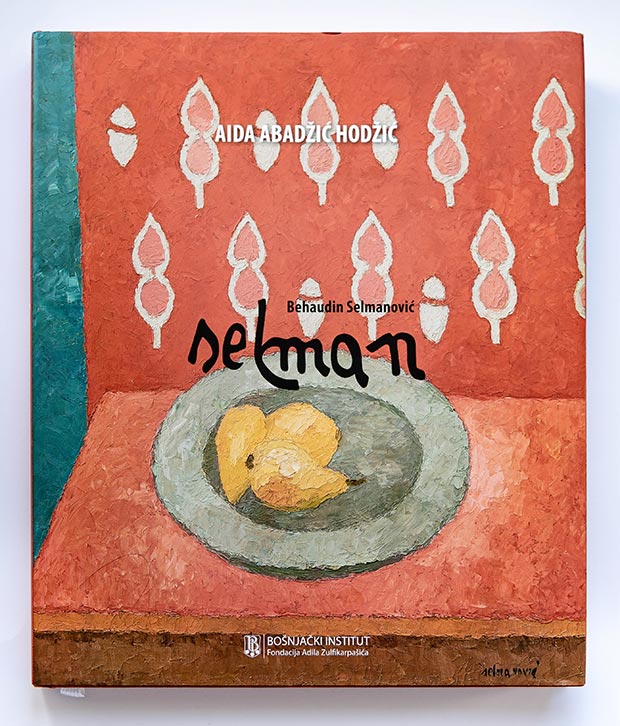 Selman by Aida Abadžić-Hodžić / Photo by Islamic Arts Magazine
Selman by Aida Abadžić-Hodžić / Photo by Islamic Arts Magazine
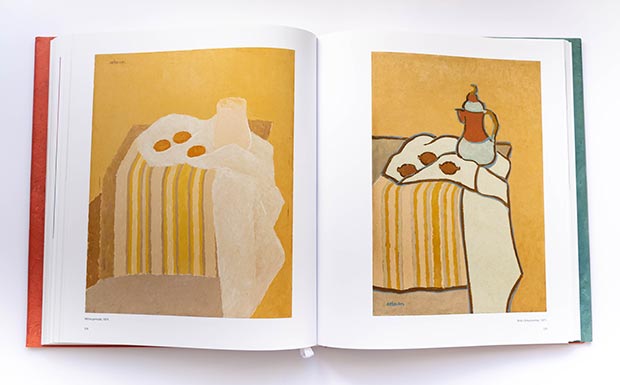 A spread from the book Selman by Aida Abadžić-Hodžić / Photo by Islamic Arts Magazine
A spread from the book Selman by Aida Abadžić-Hodžić / Photo by Islamic Arts Magazine
 A spread from the book Selman by Aida Abadžić-Hodžić / Photo by Islamic Arts Magazine
A spread from the book Selman by Aida Abadžić-Hodžić / Photo by Islamic Arts Magazine
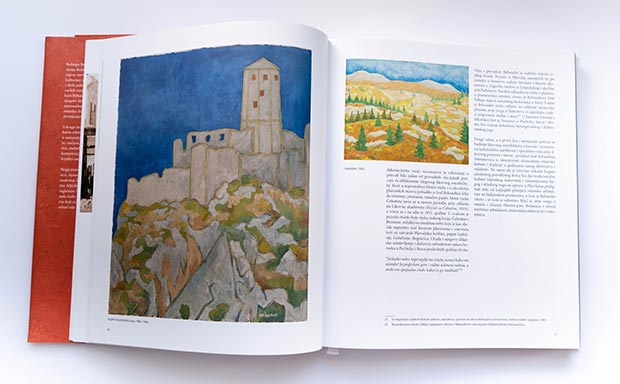 A spread from the book Selman by Aida Abadžić-Hodžić / Photo by Islamic Arts Magazine
A spread from the book Selman by Aida Abadžić-Hodžić / Photo by Islamic Arts Magazine
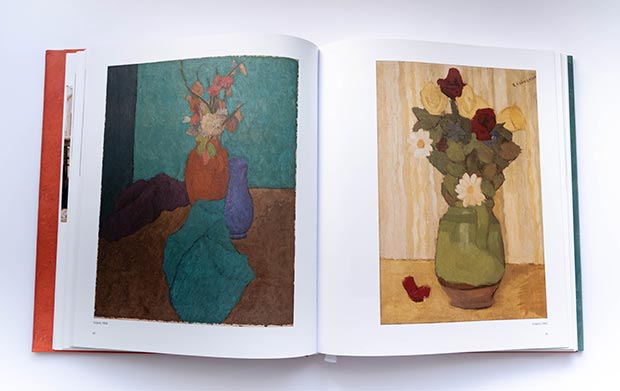 A spread from the book Selman by Aida Abadžić-Hodžić / Photo by Islamic Arts Magazine
A spread from the book Selman by Aida Abadžić-Hodžić / Photo by Islamic Arts Magazine
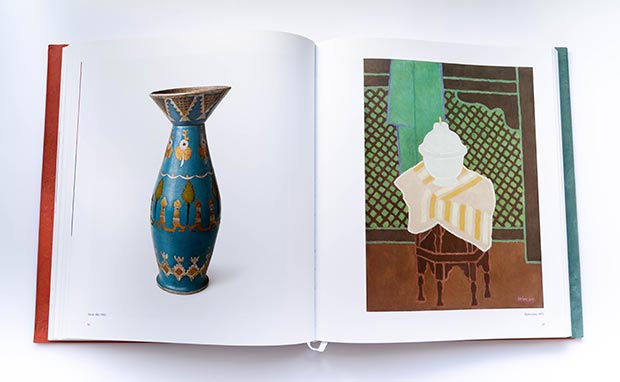 A spread from the book Selman by Aida Abadžić-Hodžić / Photo by Islamic Arts Magazine
A spread from the book Selman by Aida Abadžić-Hodžić / Photo by Islamic Arts Magazine
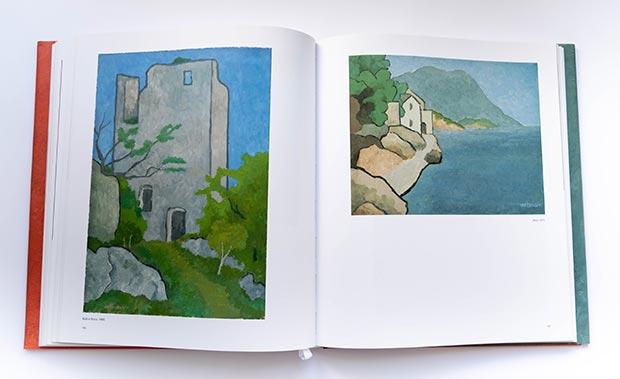 A spread from the book Selman by Aida Abadžić-Hodžić / Photo by Islamic Arts Magazine
A spread from the book Selman by Aida Abadžić-Hodžić / Photo by Islamic Arts Magazine
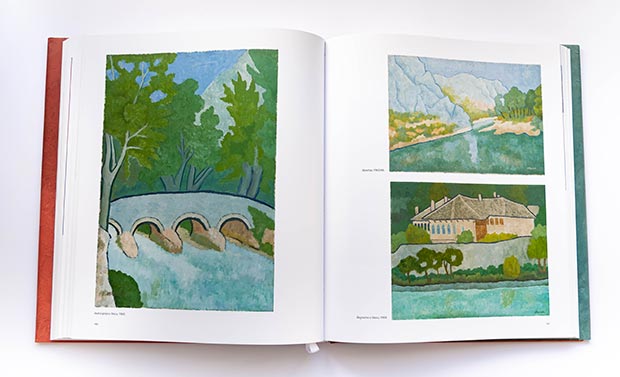 A spread from the book Selman by Aida Abadžić-Hodžić / Photo by Islamic Arts Magazine
A spread from the book Selman by Aida Abadžić-Hodžić / Photo by Islamic Arts Magazine
Comments
Add a comment